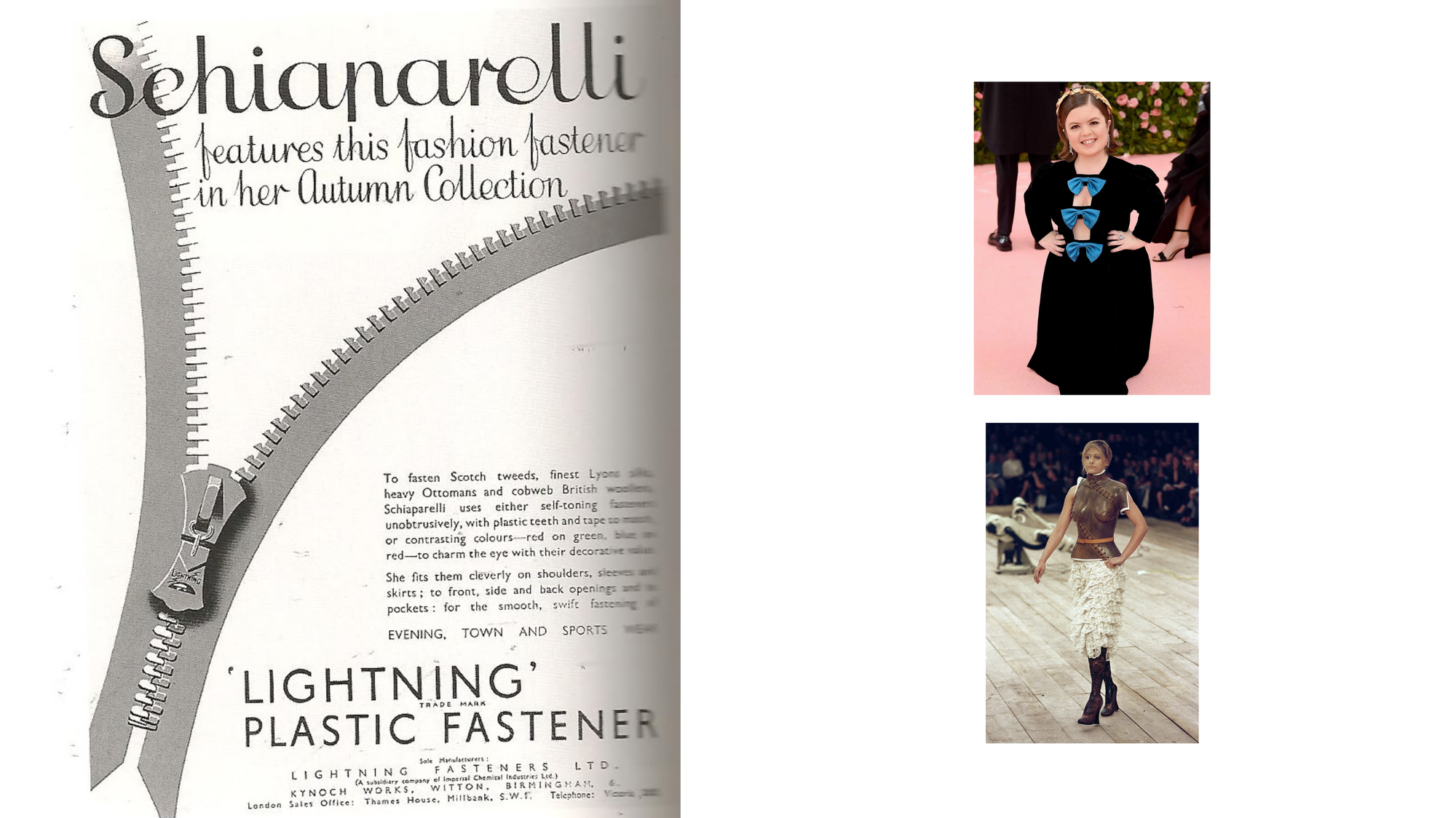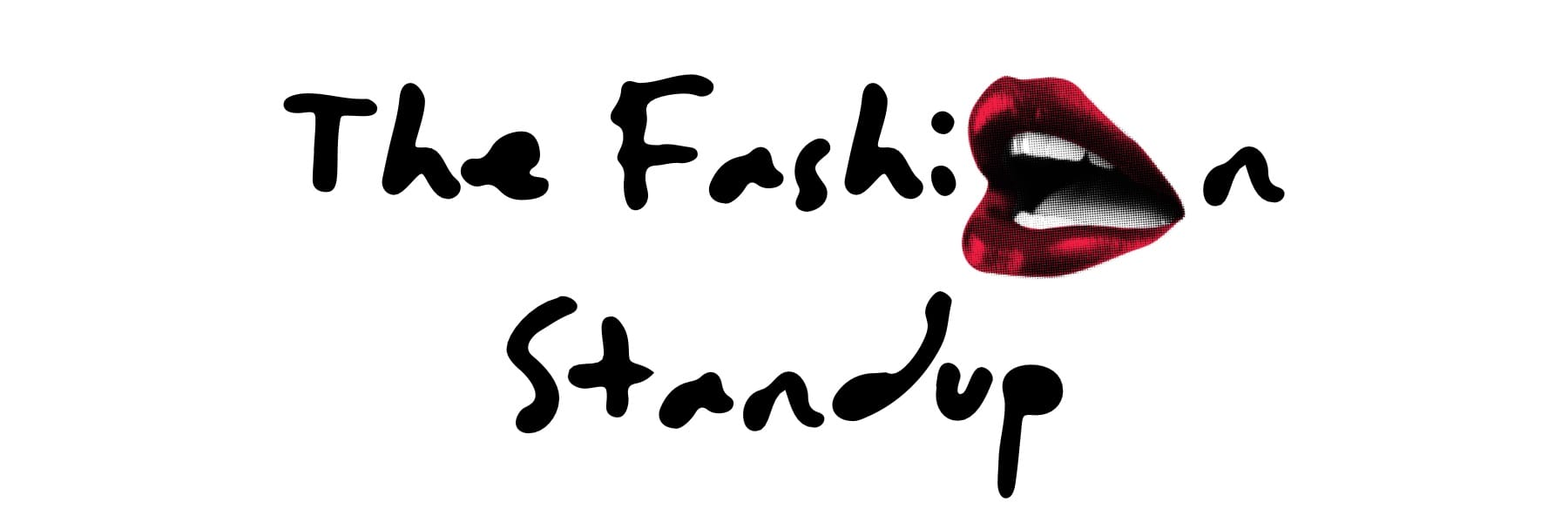Fashion - able - Efficient fashion

To address this week's topic, we need to some housekeeping. In the previous article, I stated or gave the opinion that Elsa Schiaparelli's creations did not prioritize feminine comfort... And this is a biased conception of her work, a bias that comes from the perspective of someone who (yes, I'm talking about me) has read more than a dozen biographies of Coco Chanel. But turning around, I found the thread of the fabric - getting to know Schiapaerelli better, as well as Chanel's arch enemy.
I got it through the documentary “Schocking Schiaparelli!” which was broadcast on Portuguese television this week, or in good Portuguese “passed yesterday on two”. In which I realized that Schiap's career actually began with sportswear, with her first media moment occurring in 1931, due to the skort (skirt-shorts) worn by Spanish tennis player Lili de Alvarez. Clothing that, even if it was against Wimbledon rules, was an efficient fashion object, especially for Alvarez's sporting practice.
Other innovations by the designer, Roman by birth and Parisian by adoption, were the placement of zippers as a deliberate part of the garment, accessible to the wearer and in unconventional places such as the shoulders. This strategy is currently used in pieces for people who use wheelchairs.

They are the zippers that join the loose ends left by the previous newsletter to the topic in focus today, which includes my own experience.
During my time at university, I always sought to include the dimension of adaptability and inclusion in my Fashion Design projects, where exposed zippers, oversized or with adapted sliders and finishes were protagonists.
Of all the projects I have developed, the Ongoing project was the one that allowed me to reflect more deeply on my relationship with what I wear, not only as a user, designer, designer user. But as a fashion designer as a person with a disability, or a fashion designer with cerebral palsy.

It was this project that made me record through photographs and notes what I wore each day, to which was added an extensive final reflection that made me realize how everyday situations combined with situations arising from disability (the difficulty in walking long distances or chronic pain crises) conditioned my clothing choices. Since I never needed adapted pieces, certain pieces responded to problems beyond the basic ones we all wear, in terms of taste and aesthetics.
Hence, I can consider myself more than a defender of adapted fashion, inclusive fashion or efficient fashion that combines the two. When a piece is designed for a broad audience but responds to the problems of people with disabilities, it is inclusive, right? In this case, what can change in what is already done? The message.
There are many models with physical disabilities who have walked the runway and participated in campaigns for various brands, but these brands have not launched adapted fashion lines. Is this wrong? In my opinion, no! In terms of communication, they send the message that the pieces they present are inclusive for people with motor disabilities and that the values of these brands are also inclusive of disabilities.

We are talking about brands such as Moschino, Gucci, The Blonds, Chromat, among others. And models such as Aaron Rose Philip; Jillian Mercado; Chelsea Werner; Mama Cax; Ellie Goldstein; Madeline StuartL; Melissa Koole; Marsha Elle; Kelly Knox and Lauren Nathan-Lane, to name just a few. Their activism and presence have extended to the cover of several fashion magazines and publications, from Vogue to The Business of Fashion, including Teen Vogue. Not forgetting that one of these editions of Vogue, British Vogue of May 2023, focused on 19 British talents who are also people with disabilities under the theme “Reframing Fashion”. This edition was published in Braille format, parallel to the usual publication in visual alphabet image.
There is much debate, discussion and writing about the many ways in which Alexander McQueen was a pioneer. But little is said about how disruptive he was when, in 1998, he had Aimee Mullins, a double amputee model and athlete, walk the runway for his Spring/Summer 1999 collection.
Similarly, retrospectives of Alessandro Michelle’s legacy at Gucci often overlook his contribution to making the brand more inclusive through his collaborations with Sinéad Burke. Burke, who through Fashion gained relevance as an activist for inclusion, extending to other areas and industries with consulting services in his Tilting the Lens project, where he employs and collaborates with other professionals with disabilities.

Within this theme, more specifically in terms of adapted fashion, there are many myths to be demystified, specific aspects to be worked on towards a more inclusive society of which fashion is a vital part.
As someone with a disability, I obviously don't have access to knowledge on the subject through any kind of osmosis, although it is something I have already investigated, and there was also research for this article. Grace Jun's study entitled “Fashion Pedagogy and Disability: Co-Designing Wearables with Disabled People” and the book “The Intersection of Fashion and Disability - A Historical Analysis” by Kate Annett - Hitchcock were fundamental in expanding my knowledge in this context. New knowledge combined with reflections, facts, perspectives, opinions and recent events. Let's say, these are the unfinished hems.
The recent launch of a 49-piece collection of adaptive clothing by fast fashion giant Primark demonstrates that there is a vast and lucrative market for this. This is not an isolated case, with the most widely discussed example being Tommy Hilfiger’s “Tommy Adaptive” line.

As Annett- Hitchcock reminds us, the need for Fashion to have an adapted offer in the Fashion Industry is a relatively recent necessity, caused by highly mass production. However, if we consume independent, ethical and responsible Fashion we will have access to a closer and more personalized service, which can meet many needs.
When it comes to adaptive and inclusive fashion, many reports state that there are more clothing and accessory brands aimed at pets than people with disabilities. It should be considered that this data may be based on the assumption that, like babies, children and pets, people with disabilities do not have purchasing or decision-making power. This is not true, since a large part of this community generates wealth and makes decisions of recognized importance, such as exercising the right to vote.
Collaboration with people with disabilities in an academic context in Fashion is considered, in many scientific articles, as something complex due to logistical and practical issues. However, this is where technology and digital can and should be at the service of creativity. In my second year of college, a colleague and I developed a design for shirts for young people with autism. In order to gather information and be able to list the characteristics and attributes that would be most desirable for said design, we used Facebook groups of family members and people with autism. Note that the briefing did not ask us to create prototypes; once we reached the prototyping phase, we would have to adapt the contact with hypothetical users. But digital tools can speed up part of the process.
In both real and academic contexts, in studies and writings, a considerable separation is created between the designer or student and the person with a disability. Something that urgently needs to change, since renowned institutions such as Parsons School of Design and Central Saint Martins promote the inclusion of students with disabilities in Fashion Design courses. However, I can assure you, from my own experience, that the existence of such programs for the Study of Fashion Design by people with disabilities is not mandatory. During my training, the teachers, technicians and colleagues were always extremely empathetic and, any adaptations that were necessary were adjusted in a straightforward manner throughout the course. There was an admirable openness to learning on both sides.
To date, there is no data on how many fashion designers with disabilities have completed their training or work in the industry, either on their own brand or in design teams within brands, on a smaller or larger scale. It is only known that fashion designers with disabilities had it due to television reality shows “Project Runway” and “Next in Fashion” - which had as participants Justin LeBlanc (with hearing impairment) and Qaysean Williams (with motor impairment). I believe and defend that working to change this panorama will benefit the Fashion System itself.
What is the purpose of this article? Of course it's not changing the world! But remember that when you are doing a project, you can broaden your range of possible users/consumers or target audience. Whether or not they have a creative role, each person, in their own time, can contribute to change, seeking to reformulate the idea that fashion that responds to the more specific needs of people with disabilities has to be purely functional, medical or “boring”. And keep in mind and remember that Fashion is also a civil rights movement.
